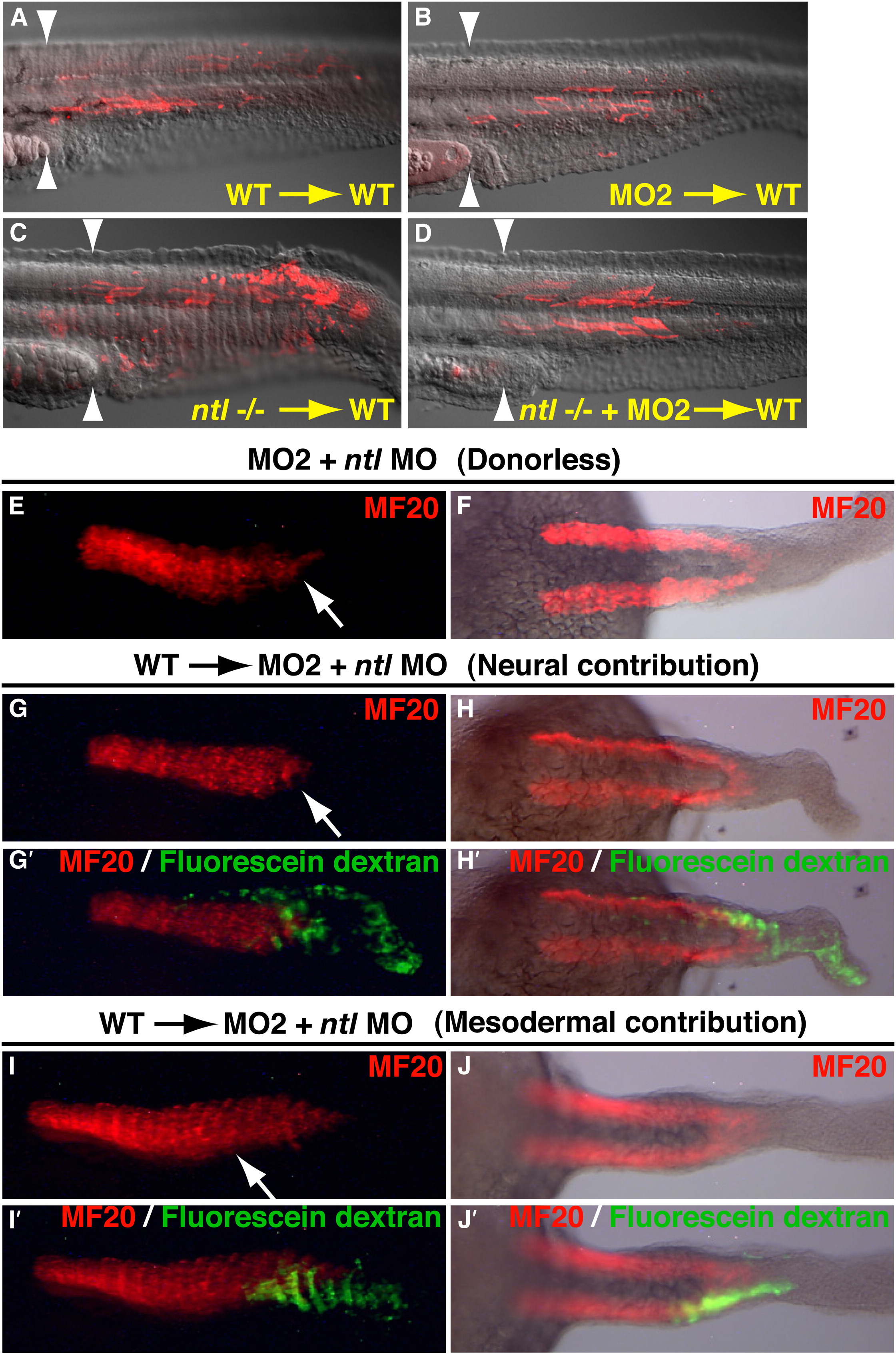Fig. 3 A Non-Cell-Autonomous Requirement for ntl/bra
(A–D) Confocal images of WT host embryos transplanted with (A) WT cells, (B) MO2 morphant cells, (C) ntl-/- cells, or (D) ntl-/- + MO2 cells. White arrowheads indicate the trunk/tail boundary. The horizontally elongated cells are muscles of the tail somites.
(E–J′) WT donor cells labeled with fluorescein dextran (green) were transplanted into unlabeled ntl/bra morphant host embryos. Somites were visualized with the MF20 antibody (red). Host embryos with WT donor cells in the mesodermal precursor region (I–J′) exhibited a nonautonomous rescue of some posterior somites, which was not seen when WT donor cells contributed to nonmesodermal tissues (G–H′) or in donorless mutants (E and F). White arrows in (E), (G), and (I) point to the 11th somite, which is the last somite to form in the embryo pictured in (G). Somites posterior to the white arrow in (I) represent rescued somites.
All embryos are shown from a lateral view with anterior to the left, except for (F), (H), (H′), (J), and (J′), which are dorsal views of the same embryos shown in adjacent panels.
Reprinted from Developmental Cell, 15(1), Martin, B.L., and Kimelman, D., Regulation of canonical Wnt signaling by Brachyury is essential for posterior mesoderm formation, 121-133, Copyright (2008) with permission from Elsevier. Full text @ Dev. Cell

